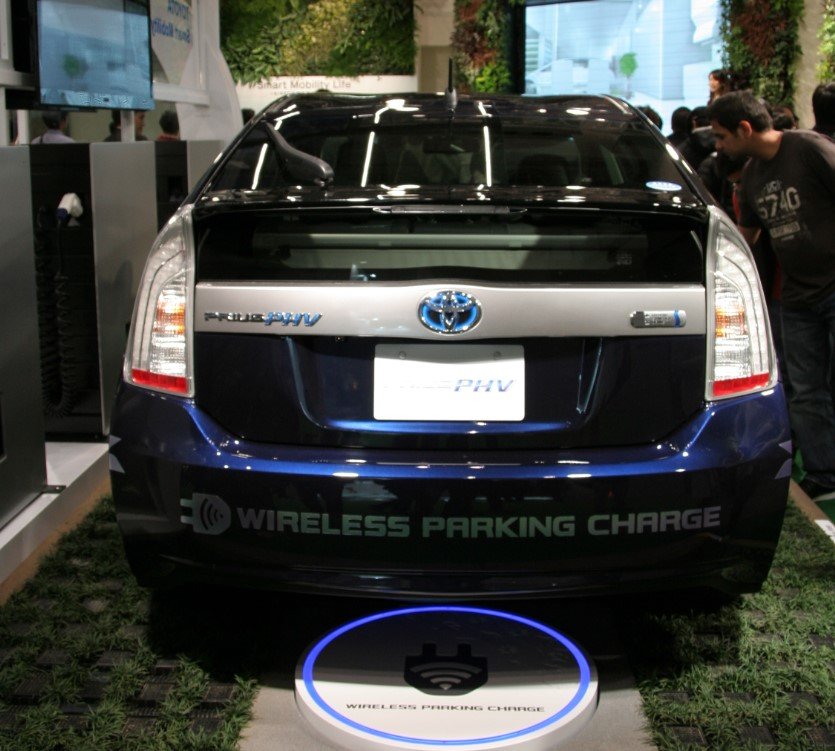The automotive industry is undergoing a transformation with the integration of advanced wireless connectivity technologies. These innovations are enhancing vehicle accessibility, safety, security, convenience, and reliability. Wireless system testing plays a crucial role in ensuring these technologies function seamlessly, providing a better driving experience. From secure access and digital keys to infotainment and vehicle-to-everything (V2X) communication, wireless connectivity is revolutionizing how we interact with our vehicles. This article explores the impact of wireless system testing on automotive connectivity and its future prospects.

Secure Access and Digital Keys
Wireless technologies like Near Field Communication (NFC) and Ultra-Wideband (UWB) are at the forefront of secure access and digital key systems. These technologies enable keyless entry and ignition, enhancing both convenience and security. For instance, UWB provides precise, secure, and hands-free access control by determining the distance between the car and the digital key device with centimeter-level accuracy. This precision ensures that only authorized users can access or start the vehicle, significantly reducing the risk of relay attacks.
The Car Connectivity Consortium (CCC) has developed the Digital Key 3.0 specification, which incorporates multiple wireless technologies to enhance vehicle access and ignition. In a typical digital key application, Bluetooth is used for the initial connection, UWB for locking/unlocking, and NFC as a backup. This multi-layered approach ensures access in nearly all situations, even if the device’s battery is depleted. The flexibility and security offered by these technologies are particularly beneficial for rental vehicles and car-sharing services, where multiple users need access to the same vehicle.
The adoption of secure access and digital key systems is growing, driven by consumer demand for convenience and enhanced security. As these technologies become more widespread, wireless system testing will be essential to ensure their reliability and performance across different vehicle models and regions.
Infotainment and In-Vehicle Connectivity
Wireless technology has become integral to in-vehicle infotainment systems, with Bluetooth being a ubiquitous feature. Drivers and passengers expect seamless connectivity for audio streaming, hands-free calling, and navigation. Advanced infotainment systems also offer real-time traffic updates, weather information, and entertainment options, all of which rely on robust wireless connectivity.
The integration of 5G technology is set to further enhance in-vehicle connectivity. With its high throughput, low latency, and massive capacity, 5G enables new applications such as augmented reality navigation, high-definition video streaming, and cloud-based services. These advancements will transform the driving experience, making it more enjoyable and informative.
Wireless system testing is critical in ensuring that infotainment systems deliver consistent performance. Testing involves evaluating the compatibility of different wireless standards, assessing signal strength and interference, and verifying the seamless integration of various connectivity features. By rigorously testing these systems, manufacturers can provide a reliable and high-quality user experience.
Vehicle-to-Everything (V2X) Communication
V2X communication is a cornerstone of the connected car ecosystem, enabling vehicles to communicate with each other and with infrastructure such as traffic lights and road signs. This technology enhances road safety, traffic efficiency, and autonomous driving capabilities. V2X communication relies on multiple wireless technologies, including cellular networks, Wi-Fi, and dedicated short-range communications (DSRC).
5G V2X sidelink is a significant advancement in this area, providing robust and low-latency communication between vehicles and infrastructure. This technology supports advanced safety applications, such as collision avoidance and emergency vehicle prioritization. By maintaining constant communication, even in areas with poor network coverage, 5G V2X sidelink ensures that vehicles can share critical information in real-time.
The implementation of V2X communication requires comprehensive wireless system testing to ensure interoperability and reliability. Testing involves simulating various driving scenarios, assessing the performance of different communication protocols, and verifying the accuracy of data exchange. As V2X technology continues to evolve, ongoing testing will be essential to support the development of safer and more efficient transportation systems.
















